An incident is unfolding off the coast of Okinawa, where Japanese media and local authorities report a fire aboard the USS New Orleans, a U.S. Navy amphibious transport dock.
The blaze is said to have broken out at around 5:00 p.m. local time on 20 August while the vessel was moored near White Beach in Uruma City, a key U.S. naval facility on the island.
The Nakagusuku Coast Guard Headquarters confirmed that it received notification of the fire from U.S. Army Camp Zukeran shortly after the outbreak. By early evening, both U.S. military crews and units from the Japan Self-Defense Forces were engaged in efforts to extinguish the flames.
Japanese public broadcaster NHK aired footage showing smoke and fire rising from the ship as firefighting vessels surrounded it. The Japan Coast Guard also deployed a patrol craft to the scene. Despite the severity of the fire, no casualties have yet been reported.
The New Orleans (LPD 18) is a San Antonio-class amphibious transport dock, designed to carry Marines and their equipment into contested areas. At 208 metres in length and displacing more than 24,000 tons, the ship is capable of embarking around 700 Marines, surging to 800 in wartime, and deploying them ashore using landing craft or helicopters. Its defensive suite includes two 30 mm Bushmaster II guns for surface threats and RIM-116 Rolling Airframe Missile launchers for aerial defence.
Amphibious ships such as the New Orleans play a vital role in the U.S. Navy’s 7th Fleet, which is responsible for operations across the Western Pacific. Any major damage or prolonged repairs would reduce American amphibious lift in the region, potentially complicating exercises with allies and limiting rapid-response options.
Although the cause of the fire remains unclear, past incidents aboard U.S. Navy surface ships, most notably the catastrophic 2020 blaze aboard USS Bonhomme Richard in San Diego, have led to extended investigations and raised questions over maintenance and safety standards.
The San Antonio class, to which the New Orleans belongs, is a relatively modern design, combining troop lift, command and control facilities, and aviation operations. Each ship carries landing craft air cushion (LCAC) or conventional landing craft and can embark a mix of helicopters and tiltrotor aircraft. With a complement of nearly 400 sailors and officers, the class is central to the Navy–Marine Corps team’s expeditionary capability.
For now, firefighting efforts remain the priority. Until the U.S. Navy issues a formal statement, the extent of the damage and the ship’s future status remain uncertain.



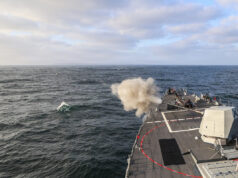
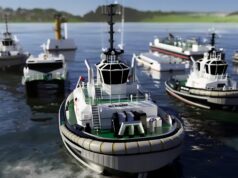
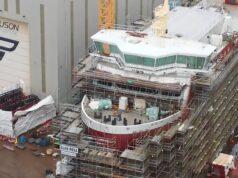
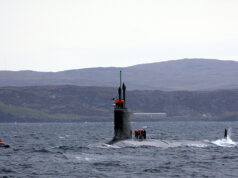
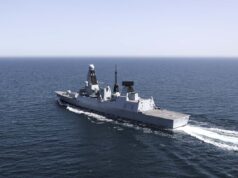


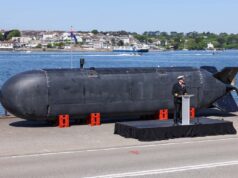
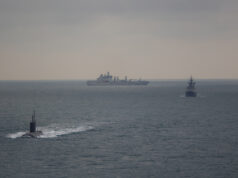
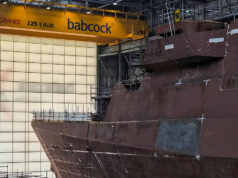

Crews tend to be very well drilled when it comes to dealing with on-board fires but critics of lean manning (I’m not saying that is the case here) saying that fire/damage control is bound to be worse with fewer hands.
I hope it isn’t too major as they are one dock down already.
Doesn’t look great if it needs external support as it clearly got out of control.
Lean Manning ? Probably not on a USN vessel.
Lean Manning is what the RN call it due to lack of crews.
Just how do we not have enough crew anyway ?
I just looked at various news sites and not much to see, just the fire boats really. Hopefully all are safe.
Quotes seem to be triggering a Clean Spam Protection Warning, I’ll try using *instead*
USNI article stated fire extinguisher after 12 hours, w/ two crew injuries. No damage assessment released.
…extinguished…(autocorrect strikes again 🙄)
You have my deepest sympathy, it drives me round the flaming twist.
Oh dear, sounds like it was a big fire.
Hang on….Amphibs are out of date and “sunset capabilities” according to HMG.
Yet…USN has this and others and other navies continue to operate LPD and LSD.
There is a rumour that some navies are still building them!!
Maybe HMG should try LSD ?
Judging by most of their decisions, armed forces wise, HMG have been on LSD for the past thirty years!
Anyone know if the proposed MRSS for the RN is going to be of a similar sized vessel and maybe more up armed version of these SA LPDs?
Is the proposed MRSS for the RN going to be of a similar sized vessel and maybe more up armed version of these SA LPDs?
Sorry for my double speak!
It’s OK, we ignored you twice !!!
We’ll see when the MRSS turns up.
The fire is out after 12 hours.